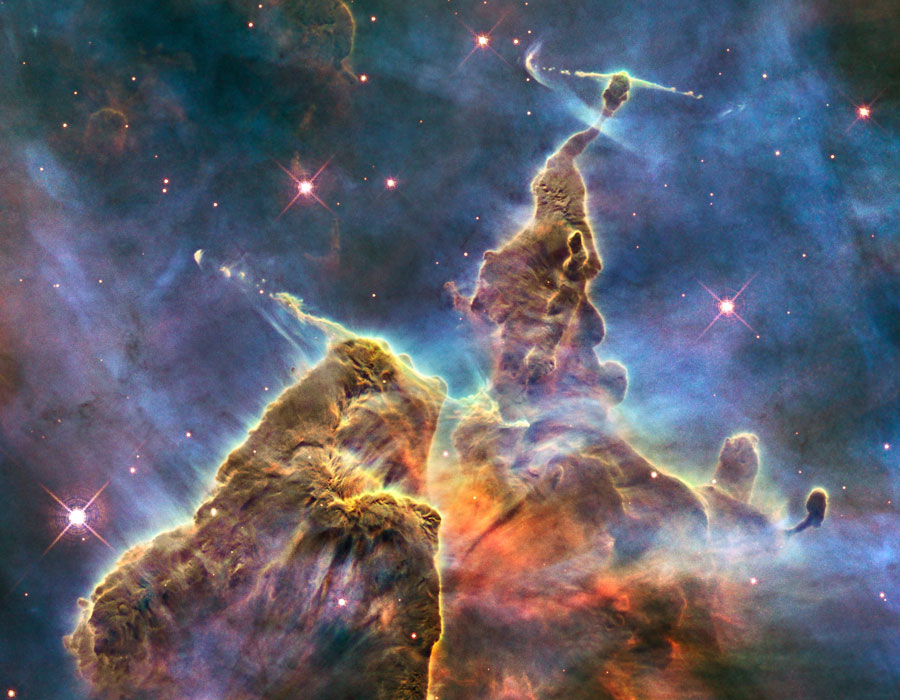
The phrase ‘organic compound’ relates to the word organism, closely associated with life and life processes.
Organic compounds largely consist of carbon atoms linked in chains or rings that contain hydrogen and frequently one or more other atoms called hetero atoms – notably oxygen, nitrogen, sulfur, and phosphorus.
Inorganic compounds are everything else – for example, nickel chloride, ammonium nitrate, carbon dioxide, and phosphorus pentoxide.
It is important to recognize that there are a relative handful of organic compounds that do not contain carbon chains or rings, but result from life processes, including for example, urea, NH2-CO-NH2.
.
During the 1800s, scientists widely believed organic compounds could not be generated in the laboratory. However, in the year 1828, chemist Friedrich Wöhler converted inorganic ammonium cyanate into organic urea. The overall reaction is written:
NH4-CNO → NH2-CO-NH2
The oxygen in urea relocates, bonding to the carbon atom. Looking back, some nineteenth century scientists and others felt as if a barrier was broken with this result. What barrier? The theory of vitalism.
Religion Vs. Science

There was a period of time in Western Civilization during which religion ruled supreme – a time that coincides with the Dark Ages. Solidly entrenched by the fifth century, “Christianity” was amended with teachings contrary to its roots. Scientists who publicized facts or theories not in agreement with this newer version of Christianity placed their lives at risk. One example is Copernicus who – contrary to church teaching – pronounced the Sun, not Earth, is central in the solar system. Now, Copernicus wasn’t stupid – he had his statement published after he died.
Astronomy wasn’t the only scientific discipline that was under the Church magnifying glass; chemists were under pressure as well. The scientists were known and were generally religiously active.
One of the replacement teachings not found in first-century Christianity, or in scripture, is the division of the human soul into two parts – a material and a spiritual part. The body dies, while the soul lives on…
Vitalism: Principle of Life
Objects consisting solely of inorganic compounds are barren of life. Early investigators reasoned organic compounds must contain some vital Principle of Life. This concept is known as vitalism. At the time, scientists presumed organic compounds to contain some mysterious vital force. Wöhler’s 1828 experiment, crossing the barrier between the inorganic and the organic, crippled that concept.
Now there are two questions we might ask. First, despite difficulties, is there an element of truth to vitalism? And second, since chemists have been able to produce organic compounds from inorganic reactants, what has become of vitalism?
Officially and Unofficially
Chemistry has proven there are really not two domains, though the categorizations of organic and inorganic still remain. These categorizations serve a useful purpose. There is an immense number of organic compounds that have been produced during the last 200 years. These are not new compounds produced by living organisms. In fact, many of these do not even exist in nature. But they are organic in the sense that they contain chains and rings of carbon atoms in their structures.
Today, officially, most scientists vehemently deny vitalism. Unofficially, however, the concepts behind vitalism appear to be alive and well. If there is no outside agency that originally instilled life force, and if organic compounds contain no special vital force within their individual structures, and the whole is the sum of its parts, then there should be no human, animal, or plant life.
In fact, no single compound, not even DNA, is alive. The only option left is that life originates not with individual chemicals, but in their existence as a united composite or system. Is this not really just a subtle modification of the old vitalism?
Original, First Century Christianity
Vitalism, as has been demonstrated, is traceable back to adulterated Christianity. But what if that adulteration had never occurred? What if the teachings of early Christianity are considered with regard to the origin of life? Let’s briefly examine that premise.
First, the scriptures say God breathed into Adam the breath of life – the equivalent of the vital force. This was a special act on a chemical system that caused that system to come to life – and which is passed on to future generations through procreation.
Early Christians expected at death to be completely dead, with no part of them living on. Their hope for a future life rested in a resurrection, a “standing again”. That resurrection – a return of the life force – would occur “in the last day”, that is during the time of the end of the way of life humans have experienced for thousands of years.1
Deductions
It would appear then, that scientists have a choice. They can either maintain that the life force is directly attributable to the chemistry involved; life resulting from organic compound composite systems – a kind of vitalism… or they can credit an outside agency, responsible as the original source of the life force.
There are scientists in both camps. Time will reveal the truth of the matter.
1 See the article Resquiescat in Pace (R.I.P. or Rest in Peace) – A Valid Phrase?
References:
- The Bible. Scriptural Resources: Genesis 2:7; Genesis 2:17; Ecclesiastes 9:5, 10, Ezekiel 18:4, 20; Job 14:14, 15; John 11:23, 24; Matthew 6:10; Matthew 19:28.
- Plato: Phaedo – The Last Hours of Socrates – Translated by Benjamin Jowett: Introduction Paragraph 4. Project Gutenberg
- Bechtel, William, et al.: Routledge Encyclopedia of Philosophy (1998): Vitalism by William Bechtel, and Robert C. Richardson. (1998). Routledge Encyclopedia of Philosophy
- Mihros, C.: Case Western Reserve University: Department of Astronomy: The Church and Copernicus. (2006). Case Western Reserve University
